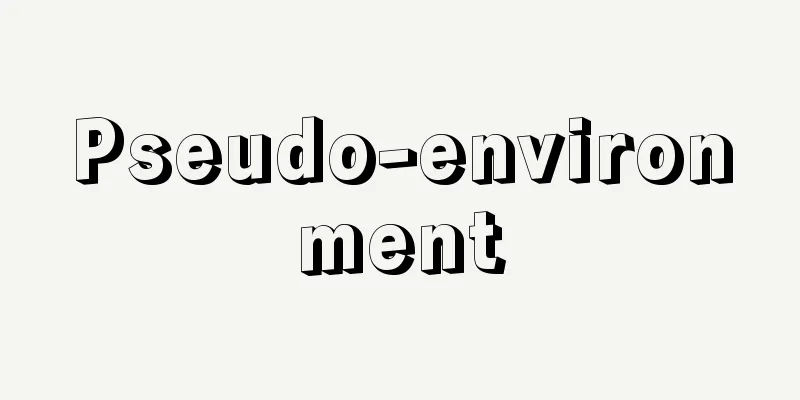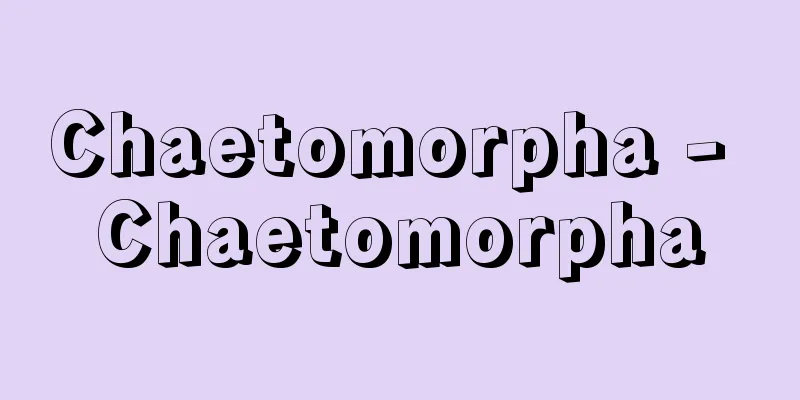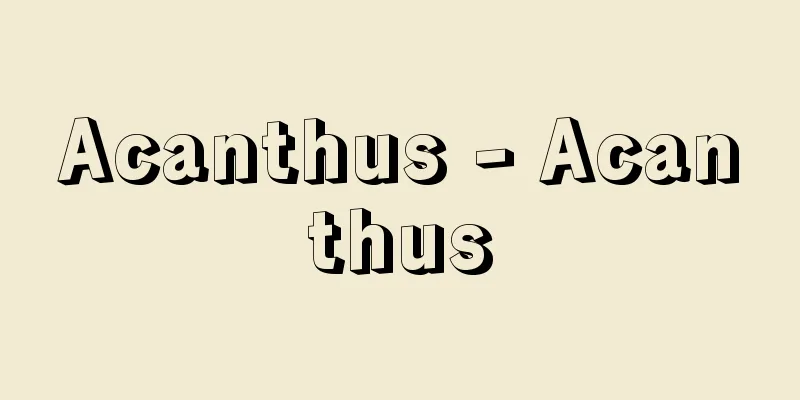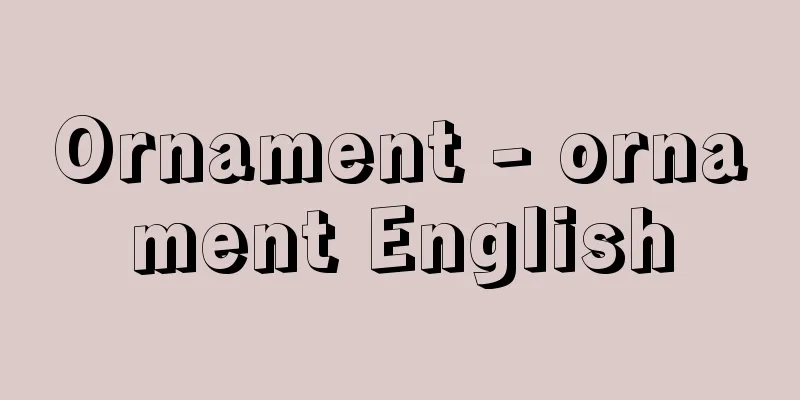Pseudo-environment

|
This refers to the indirect environment that the mass media conveys through symbols such as print and images. The development of mass media has allowed distant events that cannot be directly known to be presented as clear images through symbols, and the receiver adapts to them as necessary in the same way as in the direct environment. However, this indirect environment does not necessarily accurately convey the real elements of the original facts contained in the source of information. In that respect, it is called a pseudo-environment (quasi-environment). The name's creator, W. Lippmann, gave the following example in Public Opinion (1922): In 1914, people of British, French, and German nationality lived on an isolated island in the middle of the ocean, relying on a bimonthly ship service. The September ship was delayed, and the residents, unaware that World War I had broken out, waited for the ship, speculating about the outcome of a trial based on a newspaper article that had arrived on the previous ship. When the ship arrived, the residents learned of the outbreak of a major war, something even more serious than the trial. The residents' "mental picture of the environment" was from two months before the ship arrived, and until the September ship arrived, the facts of the war that divided the residents into allies and enemies were missing from their indirect environment. This was because the mass media had not been able to present them. Even in everyday news reports, where there is no gap in communication, the mass media find it difficult to accurately symbolize and convey the complex components of the original facts. Strictly speaking, the image of the environment that is conveyed tends to omit or add parts of the original facts, distorting them, and pseudo-ness is unavoidable. This method of conveying information, which stereotypes and simplifies the subject, is called a stereotype. Furthermore, when extreme additions or distortions are pointed out from the perspective of the veracity of the information being conveyed, it is called misinformation. [Tomohiro Sato] "Public Opinion" by W. Lippmann, translated by Yasumasa Tanaka et al. (included in the World Great Thought Collection, Vol. 25, Social, Religious and Scientific Thought, 1963, Kawade Shobo Shinsha)" ▽ "The Theory of Modern Mass Communication" by Akira Fujitake (1968, Japan Broadcasting Publishing Association) [Reference] |Source: Shogakukan Encyclopedia Nipponica About Encyclopedia Nipponica Information | Legend |
|
マス・メディアが活字や映像などのシンボルで伝える間接的な環境をいう。マス・メディアの発達は、直接に知りえない遠方のできごとを、シンボルで鮮明なイメージとして提示し、受け手は必要に応じ直接の環境同様にそれに適応する。だがこの間接環境は、情報源にある原事実の実在的な要素を正確に伝えているとは限らない。その点で擬似環境(準環境)とよばれる。 命名者W・リップマンは『世論』(1922)で次のような例をあげた。1914年、大洋の孤島に英・仏・独の国籍をもつ人々が隔月にくる船便を頼りに暮らしていた。9月の船便が遅れ、住民は第一次世界大戦の勃発(ぼっぱつ)も知らずに、前便で届いた新聞記事の、ある事件の公判結果を推測しあって船を待った。船がきて、住民は公判よりも重大な大戦の勃発を知った。住民の「頭に描かれていた環境の心像」は、船の着く2か月前のもので、9月の船が着くまで、住民を敵・味方に分ける戦争の事実を、彼らの間接環境から欠いていた。マス・メディアが提示できなかったからだ。 伝達のずれのない日常の報道においても、マス・メディアは、原事実の複雑な構成要素を正確にシンボル化して伝えにくい。伝達される環境のイメージは、厳密には原事実のどこかを省略または付加し、歪曲(わいきょく)して伝え、擬似性は不可避となりやすい。そういう伝達の仕方で、対象を型にはめ、単純化してとらえることを、ステレオタイプstereotypeという。また、伝えられる情報の真偽の視点から、極端な付加や歪曲が指摘されるとき、それは誤報とよばれる。 [佐藤智雄] 『W・リップマン著、田中靖政他訳『世論』(『世界大思想全集第25巻 社会・宗教・科学思想編』所収・1963・河出書房新社)』▽『藤竹暁著『現代マス・コミュニケーションの理論』(1968・日本放送出版協会)』 [参照項目] |出典 小学館 日本大百科全書(ニッポニカ)日本大百科全書(ニッポニカ)について 情報 | 凡例 |
Recommend
Foam fractionation
...This is a method in which the gas dissolved in...
Piscis Austrinus (Southern Fish)
Its abbreviation is PsA. It is an autumn constella...
Opera glasses (English spelling)
Small, portable binoculars used for theater, etc. ...
Changing clothes - Koui
〘noun〙① To change clothes. A change of clothes. Al...
Hasaki [town] - Hasaki
An old town in Kashima District, in the southeaste...
Floating floor - Ukiyuka
...In addition to these general floors, there are...
Amakawa
China Canton Canton This was the name used in Japa...
Hosta kikutii (English spelling)
… [Noboru Fujita]. … *Some of the terminology tha...
Matthias Erzberger
German politician. A member of the Catholic Cente...
Kaki (oyster) - oyster (English spelling)
A general term for bivalve mollusks belonging to ...
Work restrictions - work restrictions
It refers to restricting or prohibiting certain w...
Vauvenargues - Vauvenargues (English spelling) Luc de Clapiers, Marquis de Vauvenargues
French moralist. Born in Aix-en-Provence, he init...
Hinduism
One of the religions practiced in India. Sometime...
Acrylic resin coating - acrylic resin coating
A paint made from acrylic synthetic resin. It has ...
The rockfish of the seashore is all talk - The rockfish of the seashore is all talk
… It is an ideal target for rock fishing and is r...









